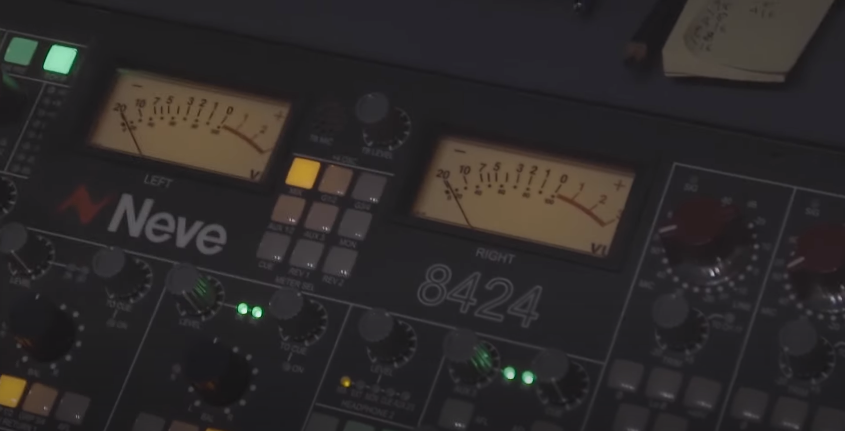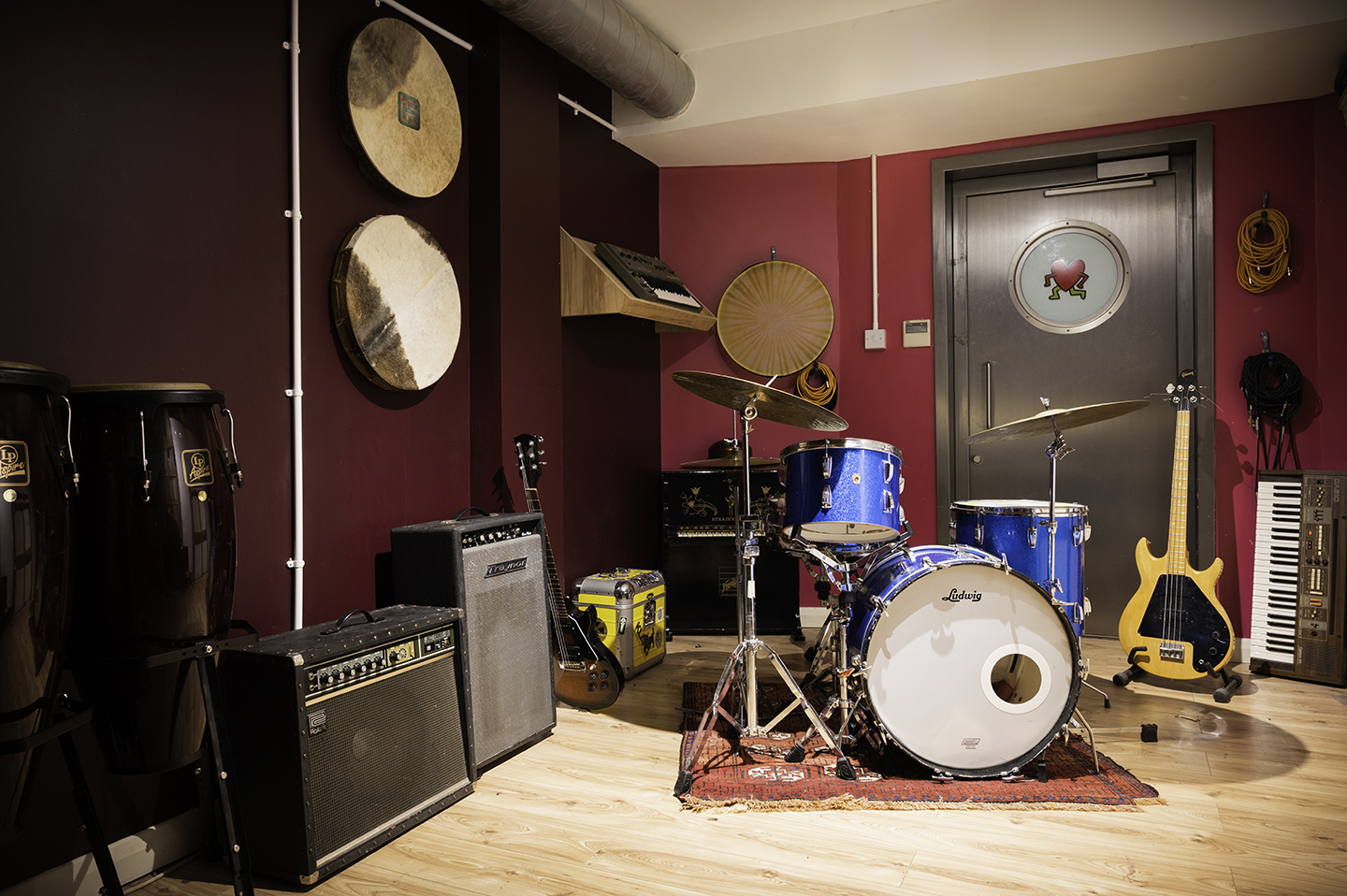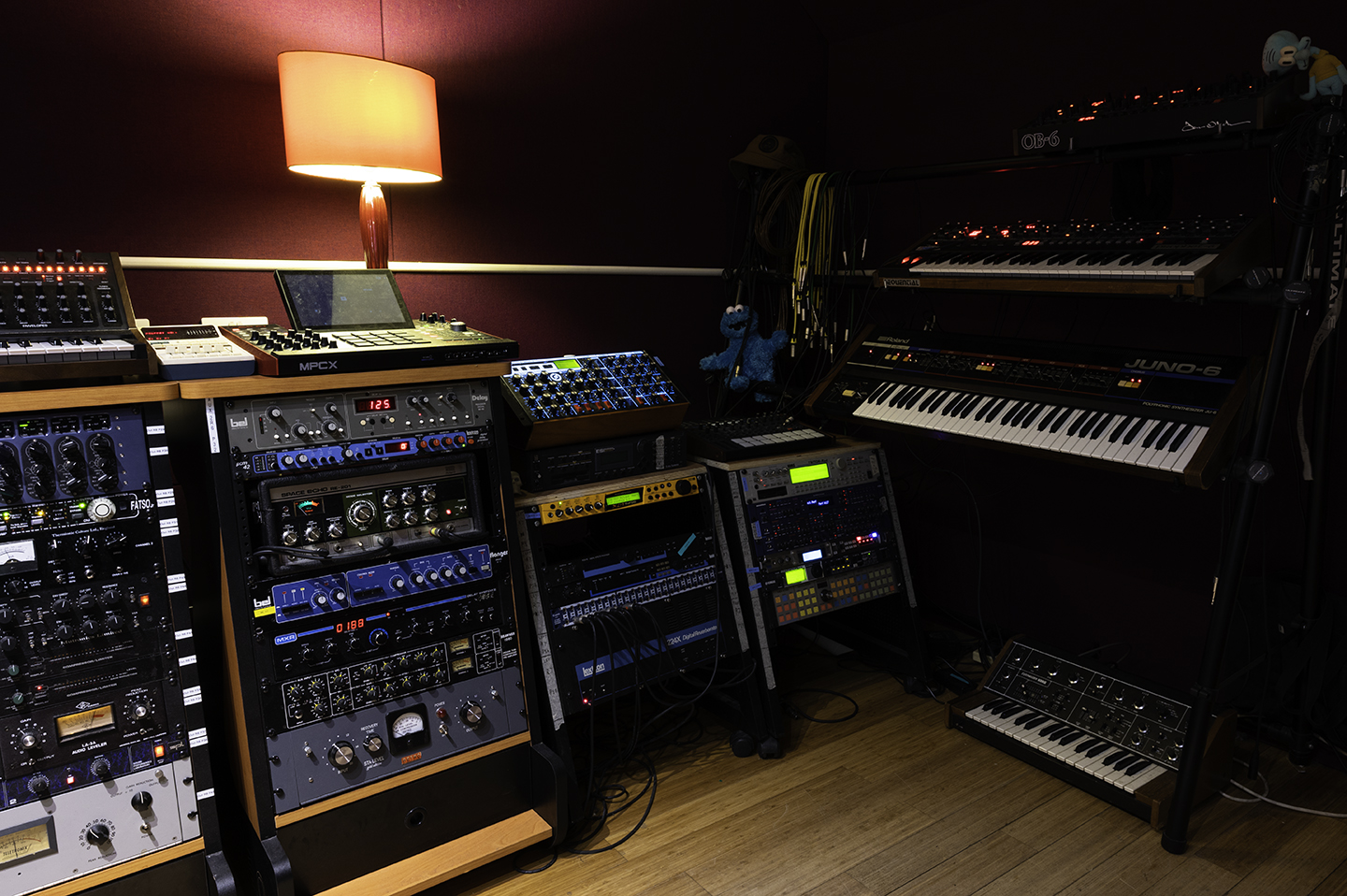Headliner recently went inside South London music production powerhouse Belly of the Beast, which at the end of 2020 became the first studio in the UK to install a Neve 8424 console. This super high-end recording location has played host to a string of eclectic UK artists over the years, from Dizzee Rascal to Arctic Monkeys. Studio manager/producer/mix engineer James Rand dives into a recent Burna Boy project while fellow mix engineer and producer Jack Williams demonstrates how the desk is equally suited to making techno music.
Over the years, the studio’s owner Nick ‘Cage’ Denton — who is also a successful producer and the manager of UK rap/grime superstar Dizzee Rascal — has been collecting all manner of outboard gear, kitting out the facility with some truly impressive racks of audio equipment in a bid to make the space more user friendly.
Unable to fulfil the potential of their old TL Audio VTC tube console due to workflow issues, the guys at Belly of the Beast were on the hunt for a shiny new desk, and so when Neve’s 8424 24-channel analogue mixing console was announced, they jumped at the opportunity to get their hands on one.
The Full Spectrum
Headliner was treated to a full run-through of the 8424’s features by engineers James Rand and Jack Williams, who have each been using the desk for two very different projects.
“Mix A is just the DAW returns, but on Mix B we have it set up so that we have the mic ins in our live room, which are all routed and optionally routed to every preamp that we have in the control room,” explains Rand.
When it comes to preamps, the options are in abundance at Belly of the Beast, and include a vintage Neve 1066, vintage Neve 1081, a pair of Helios, an Avalon, a Chandler EMI, and a collection of various 500 series boxes from API, Shadow Hills and more.
And most importantly, there’s the two 1073s that come with the console itself, which Rand also routes into mix B and finds himself relying on for most projects.
“We can set up and shoot out different preamps quite easily with the XLR patch,” he adds. “For drums for example, if we need more of a rocky, distorted snare, we might use the Helios, but quite consistently we end up leaning on either the new or the old Neves for most things because they just work very, very quickly. They’re modern, punchy, and get the job done.






